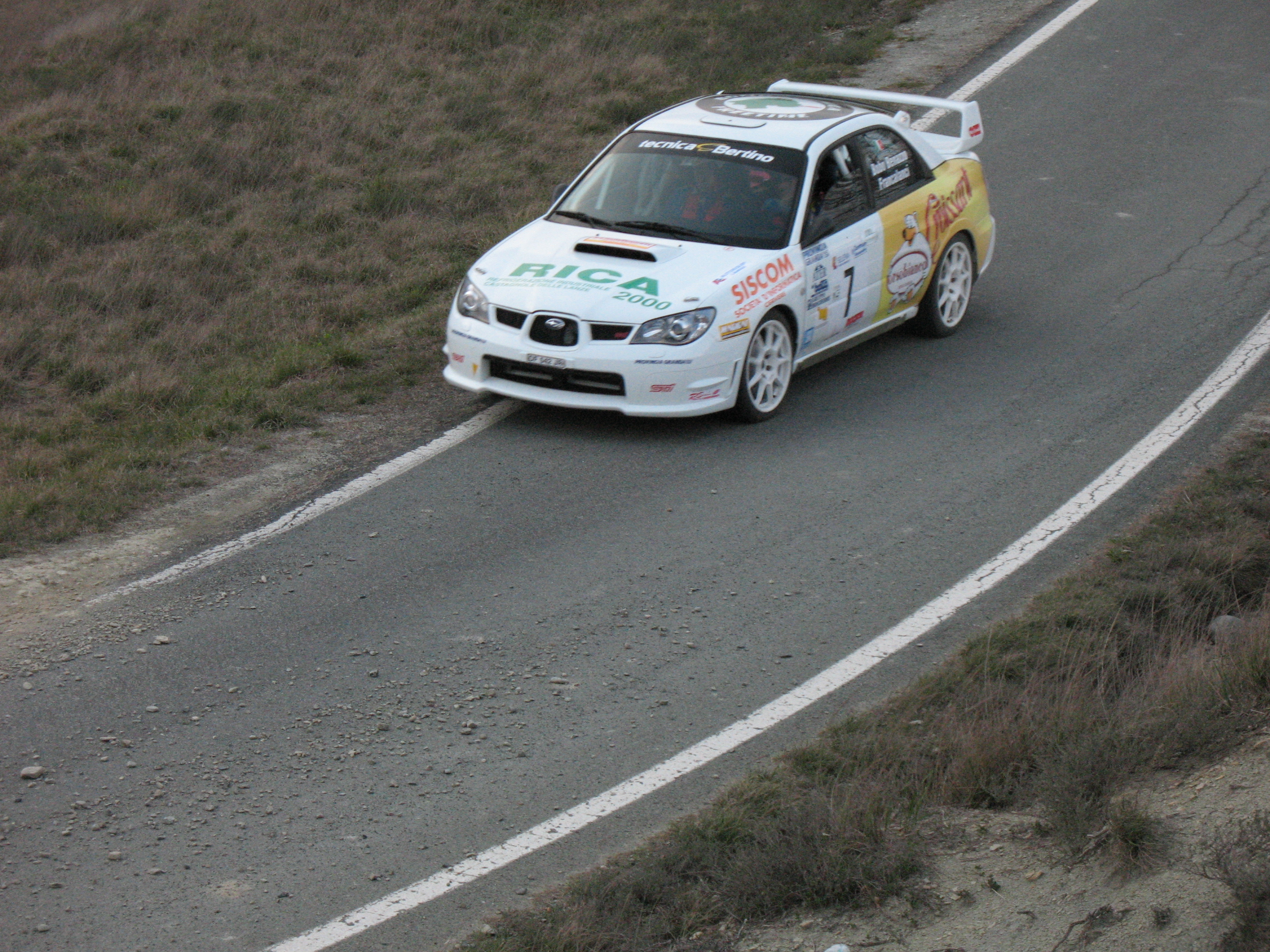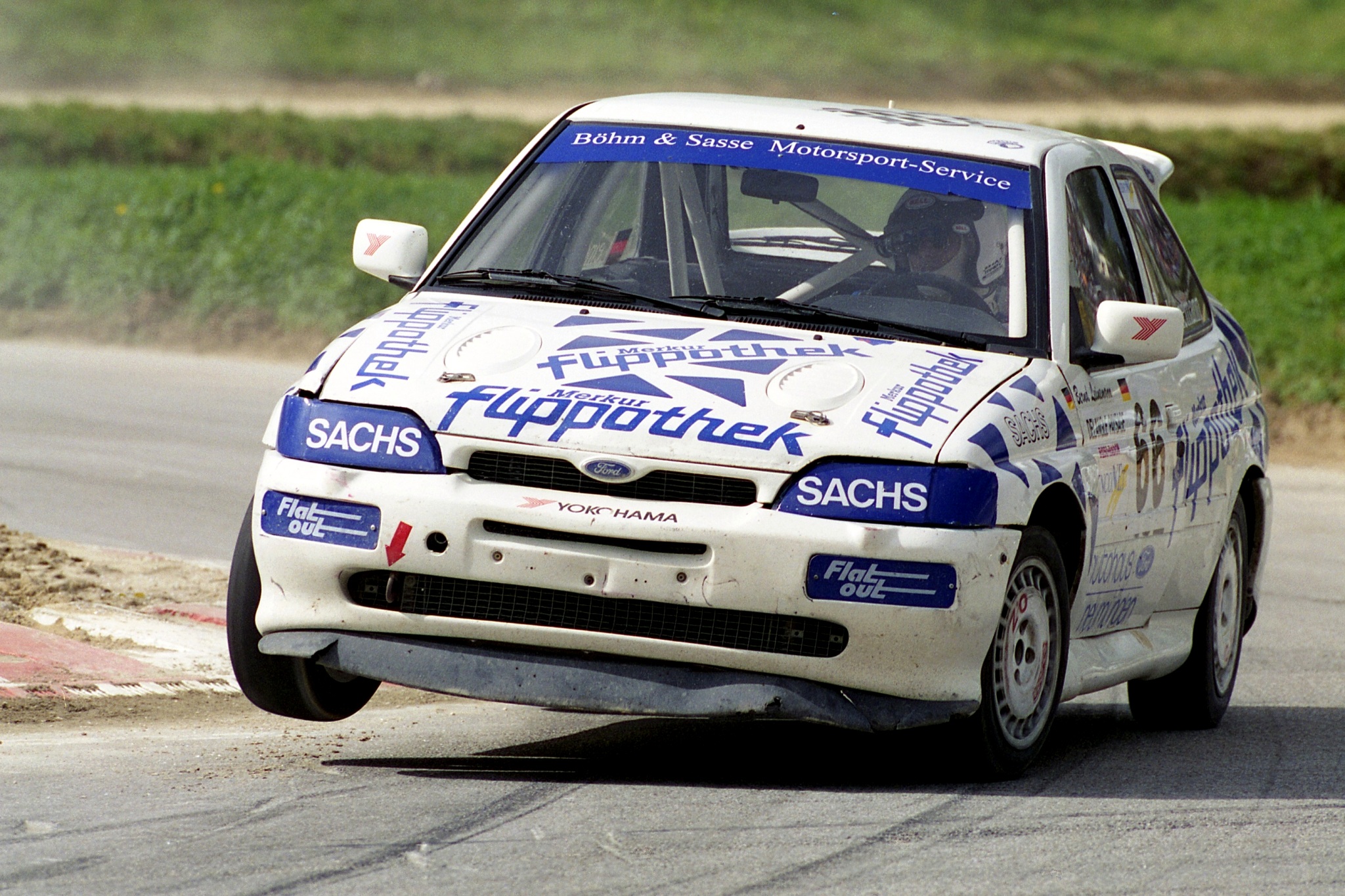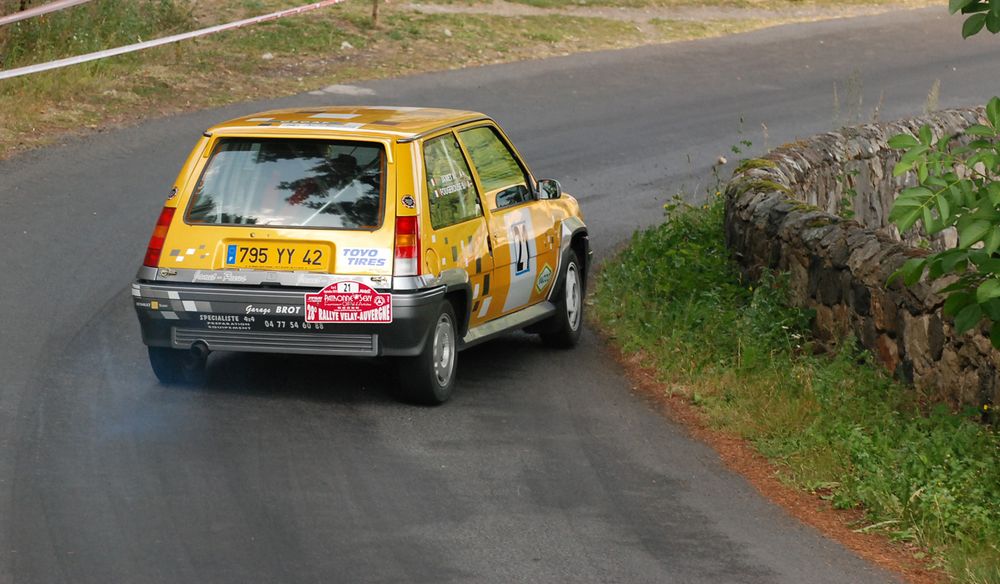Group N on:
[Wikipedia]
[Google]
[Amazon]

 In relation to international motorsport governed by the
In relation to international motorsport governed by the

 In Rallying, Group N could be entered into the open WRC driver and co-driver championships and the manufacturers championship until 1997. Due to the nature of Group A cars being more suitable and tuned race cars they tended to dominate results. A Group N car has won a WRC rally once, a Renault 5 driven by Alain Oreille at the Rallye Côte d'Ivoire in 1989.
In Rallying, Group N could be entered into the open WRC driver and co-driver championships and the manufacturers championship until 1997. Due to the nature of Group A cars being more suitable and tuned race cars they tended to dominate results. A Group N car has won a WRC rally once, a Renault 5 driven by Alain Oreille at the Rallye Côte d'Ivoire in 1989.
 Group N had four classes based on engine displacement cylinder capacity. N1 was for cars up to 1400cc, N2 was 1400-1600cc, N3 was 1601-2000cc and N4 over 2000cc. Cars fitted with a turbo had their displacement capacity multiplied by 1.7 to determine class. Only N4 class cars remain homologated as of November 2021 as the other classes had been phased out in FIA competition.
The
Group N had four classes based on engine displacement cylinder capacity. N1 was for cars up to 1400cc, N2 was 1400-1600cc, N3 was 1601-2000cc and N4 over 2000cc. Cars fitted with a turbo had their displacement capacity multiplied by 1.7 to determine class. Only N4 class cars remain homologated as of November 2021 as the other classes had been phased out in FIA competition.
The
Group N Cars as described in rallycars.com
/ref>

 In relation to international motorsport governed by the
In relation to international motorsport governed by the FIA
FIA is the Fédération Internationale de l'Automobile (English: International Automobile Federation), the world's governing body for all forms of motor sport where four or more wheels are used.
Fia or FIA may also refer to: People
* Fia Backs ...
, Group N refers to regulations providing 'standard' large scale series production vehicles for competition. They are limited in terms of modifications permitted to the standard specification by the manufacturer making them a cost effective method of production vehicle motorsport. Often referred to as the "showroom class", Group N contrasts with Group A
Group A is a set of motorsport regulations administered by the FIA covering production derived vehicles intended for competition, usually in touring car racing and rallying. In contrast to the short-lived Group B and Group C, Group A vehicles ...
which has greater freedom to modify and tune the cars to be more suitable to racing. Both Groups may have the same or similar models homologated by a manufacturer.
Group N was introduced by the FIA in 1982 to replace the outgoing Group 1 Group 1 may refer to:
* Alkali metal, a chemical element classification for Alkali metal
* Group 1 (racing), a historic (until 1981) classification for Touring car racing, applied to standard touring cars. Comparable to modern FIA Group N
* Group On ...
as "''standard touring cars''". At this time there weren't specific formula for production racing cars in competition. The World Rally Championship
The World Rally Championship (abbreviated as WRC) is the highest level of global competition in the motorsport discipline of rallying, owned and governed by the FIA. There are separate championships for drivers, co-drivers, manufacturers and t ...
(WRC) for example only permitted Groups A, B and N cars to compete (Group B was banned from 1987). It wasn't until 1997 that the World Rally Car formula was introduced and other specific formula were introduced in later years. Both Groups N and A, and the details of their differences are described in the FIAs International Sporting Code and several of its Appendices J articles.
To qualify for homologation a minimum of 2500 cars of the competing model has to be produced in the 12 months prior to homologation. The homologation period runs for 7 years after every consecutive year of qualifying production of the model, with production of the model considered stopped when less than 10% (250) are made in one year. Before 1993 the production requirement was 5000.
Despite having few, if any, modifications, Group N cars are considered a completely different category from stock cars
Stock car racing is a form of automobile racing run on oval tracks and road courses measuring approximately . It originally used production-model cars, hence the name "stock car", but is now run using cars specifically built for racing. It ori ...
, due the latter generally using purpose-built engines, chassis, and bodies.Circuit racing

Touring Cars
While Group A became the standard category for international leveltouring car racing
Touring car racing is a motorsport road racing competition with heavily modified road-going cars. It has both similarities to and significant differences from stock car racing, which is popular in the United States.
While the cars do not mov ...
, Group N found a home as a more economic class in national level touring car racing. In many countries, there would often be two touring car championships, one for Group A and one for Group N. The category had some brief success with the demise of the Supertouring class in the late 1990s, when a few national regulations were relaxed to allow a greater number of modifications, in the guise of Super Production.
Endurance racing
The category is still used in circuit racing all over the world, notably in Japan which has the long running , as well as in the ItalianETCS
The European Train Control System (ETCS) is the signalling and control component of the European Rail Traffic Management System (ERTMS). It is a replacement for legacy train protection systems and designed to replace the many incompatible s ...
endurance series run by Peroni Promotion, but was once again relegated to a secondary status with the introduction of Super 2000, the class of cars currently run in the World Touring Car Championship
The FIA World Touring Car Championship was an international touring car championship promoted by Eurosport Events and sanctioned by the Fédération Internationale de l'Automobile (FIA). It has had several different incarnations, including a sin ...
.
Rallying
 In Rallying, Group N could be entered into the open WRC driver and co-driver championships and the manufacturers championship until 1997. Due to the nature of Group A cars being more suitable and tuned race cars they tended to dominate results. A Group N car has won a WRC rally once, a Renault 5 driven by Alain Oreille at the Rallye Côte d'Ivoire in 1989.
In Rallying, Group N could be entered into the open WRC driver and co-driver championships and the manufacturers championship until 1997. Due to the nature of Group A cars being more suitable and tuned race cars they tended to dominate results. A Group N car has won a WRC rally once, a Renault 5 driven by Alain Oreille at the Rallye Côte d'Ivoire in 1989.
 Group N had four classes based on engine displacement cylinder capacity. N1 was for cars up to 1400cc, N2 was 1400-1600cc, N3 was 1601-2000cc and N4 over 2000cc. Cars fitted with a turbo had their displacement capacity multiplied by 1.7 to determine class. Only N4 class cars remain homologated as of November 2021 as the other classes had been phased out in FIA competition.
The
Group N had four classes based on engine displacement cylinder capacity. N1 was for cars up to 1400cc, N2 was 1400-1600cc, N3 was 1601-2000cc and N4 over 2000cc. Cars fitted with a turbo had their displacement capacity multiplied by 1.7 to determine class. Only N4 class cars remain homologated as of November 2021 as the other classes had been phased out in FIA competition.
The Production World Rally Championship
The FIA Production World Rally Championship, or PWRC, was a companion rally series to the World Rally Championship, contested by Group N rally cars.
History
The series started in 1987 as ''FIA Cup for Production Rally Drivers'' and obtained th ...
was run under Group N rules between 1987 and 2012. Popular cars used were often based on turbocharged, four wheel drive
Four-wheel drive, also called 4×4 ("four by four") or 4WD, refers to a two-axled vehicle drivetrain capable of providing torque to all of its wheels simultaneously. It may be full-time or on-demand, and is typically linked via a transfer cas ...
versions of standard consumer production cars such as the Subaru Impreza WRX
The is a compact car that has been manufactured by the Japanese automaker Subaru since 1992. It was introduced as a replacement for the Leone, with the predecessor's EA series engines replaced by the new EJ series. It is now in its sixth gene ...
and the Mitsubishi Lancer Evolution
The Mitsubishi Lancer Evolution, popularly referred to as the 'Evo', is a sports sedan and rally car based on the Lancer that was manufactured by Japanese manufacturer Mitsubishi Motors from 1992 until 2016. There have been ten official versio ...
, although a wide range of vehicles were homologated by the FIA including small two wheel drive hatchbacks.
Group N regulations were intended to be phased out from rally competition in 2013. With the introduction of Group R
In relation to motorsport governed by the Fédération Internationale de l'Automobile, Group R refers to a set of regulations providing production-derived vehicles for rally competition. The Group R regulations were created in 2008 as a gradual ...
the FIA created R4 class intending it to be the 'new Group N' and existing N4 cars could also be rehomologated in the new group. This was abandoned in 2015 and a new sporting class, NR4 was added where four-wheel drive Group N cars over 2000cc could continue to compete within the Group R naming format. R4 cars were then not allowed in FIA sanctioned rallies in Europe, but since R4 was basically a transition group for old homologated Group N, many of those could be run in NR4.
In the reform of the support championships in 2013 season, the Group N4's car was one of the eligible cars in WRC-2, considering its competitiveness to the other type of cars like Super 2000 and Group R
In relation to motorsport governed by the Fédération Internationale de l'Automobile, Group R refers to a set of regulations providing production-derived vehicles for rally competition. The Group R regulations were created in 2008 as a gradual ...
cars in the category, there was also a FIA Production Car Cup among N4 cars in WRC-2. Group N cars have not been eligible for WRC rallies since 2019 but the FIA regional rally championships continue to allow N4 cars.
Away from FIA sanctioned events, many rallies at national level are run under Group N. Some local variants of Group N have been created to allow other marques to compete where Group N is the national formula.
Allowed modifications
The range of modifications allowed was quite narrow - few mechanical engine modifications were allowed (save for lightening within set limits and baffled sumps) although the choice of ECU was free, and this could liberate some extra power itself, and most of the modifications allowed were to promote longevity rather than increased performance, although the boundaries of these two areas were blurring towards the end of the group's lifespan. Furthermore, cars withforced induction
In an internal combustion engine, forced induction is where turbocharging or supercharging is used to increase the density of the intake air. Engines without forced induction are classified as naturally aspirated.
Operating principle Overvi ...
engines were fitted with a restrictor in front of the charger to limit power.
Originally, Group N meant that all the interior trim had to be present (including the rear seat), but it later changed to allow removal of the trim aside from the dashboard and replacement of the door trim. The springs and dampers were free, as are the internals of the gearbox and the final-drive ratio, providing that the homologated gear ratios and gear change pattern were respected. This allowed the use of dog-engagement gearboxes, providing quicker gearchanges and longer gearbox life. There was provision for strengthening of the suspension components and bodyshell, provided this didn't alter the operating principle./ref>
References
{{Class of Auto racing *Group N Touring car racing Fédération Internationale de l'Automobile Rally groups Racing car classes